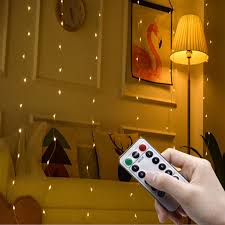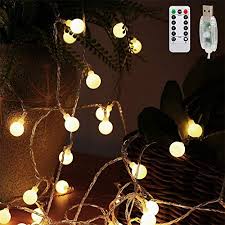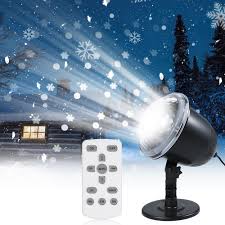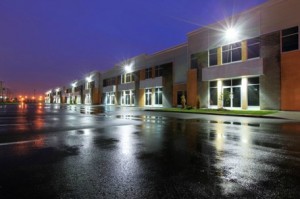 Defined as directional LED luminaires that projects a beam of light to an explicit area, LED floodlighting is an important element when it comes to indoor and outdoor lighting. In most cases, floodlighting are waterproof exterior luminaries that offer ambient, accent, task, and area lighting for different applications. So, if you are planning to bring these lights into your home, that’s a nice move. Here are some of the biggest advances you should know regarding LED floodlighting
Defined as directional LED luminaires that projects a beam of light to an explicit area, LED floodlighting is an important element when it comes to indoor and outdoor lighting. In most cases, floodlighting are waterproof exterior luminaries that offer ambient, accent, task, and area lighting for different applications. So, if you are planning to bring these lights into your home, that’s a nice move. Here are some of the biggest advances you should know regarding LED floodlighting
Introduction
LED is the newest technology in town. With LEDs, you have an efficient, cost-effective, and environmentally friendly lighting option. Even more, this lighting technology is changing—bringing in new technologies. So, if these are the things you want, think LED floodlighting. In particular, invest in the newest technology when comes to LED floodlighting. On those lines, here are the advances in LED floodlights you should watch out for.
SKU Reduction and Color Adjustability Increases Versatility
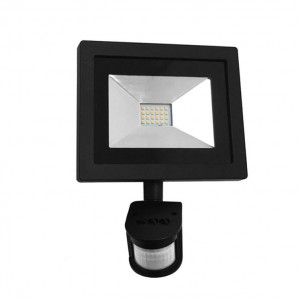 Modern LED floodlight comes with substantial SKU reduction. Even more, these floodlight lighting options feature incredible universal mounting as well as color adjustability. Here, you can get 15W, 35W as well as 60W models—making this option an ideal LED floodlighting option you should try today. These models come with a heavy-duty, adjustable based knuckle, as well as yoke mounting options. Still more, the 75W and its 100W counterparts come with mounting options. With this color adjustability feature, you can use the switch to select the color temperature of your choice. These lighting options come with inbuilt dusk to dawn photocell that plays a key role when it comes to saving energy and offering you more control. With these sensors, the floodlighting won’t light when light is detected.
Modern LED floodlight comes with substantial SKU reduction. Even more, these floodlight lighting options feature incredible universal mounting as well as color adjustability. Here, you can get 15W, 35W as well as 60W models—making this option an ideal LED floodlighting option you should try today. These models come with a heavy-duty, adjustable based knuckle, as well as yoke mounting options. Still more, the 75W and its 100W counterparts come with mounting options. With this color adjustability feature, you can use the switch to select the color temperature of your choice. These lighting options come with inbuilt dusk to dawn photocell that plays a key role when it comes to saving energy and offering you more control. With these sensors, the floodlighting won’t light when light is detected.
ATP Polymeric Materials
Modern floodlights are made of contemporary generation based engineering polymer S7 as well as T5. The inclusion of these materials helps give your floodlight some unique characteristics. Thus, you won’t witness things like electrocution, oxidation, vandalism, or degradation.
Fully Hermetic
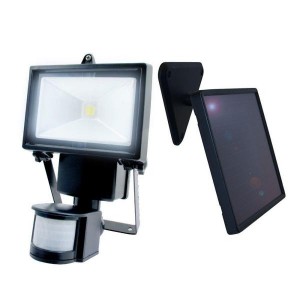 Modern floodlights are rigorously sealed using a continuous gasket. Sealing the diffuser ensures that you get full tightness of your floodlight—especially during extreme climatic conditions. This means that every electronic component is protected from climatic conditions. Also, it adequately protects the luminaire’s internal elements. Thus, you can be sure that things like liquids and even solid particles are blocked from reaching these delicate parts.
Modern floodlights are rigorously sealed using a continuous gasket. Sealing the diffuser ensures that you get full tightness of your floodlight—especially during extreme climatic conditions. This means that every electronic component is protected from climatic conditions. Also, it adequately protects the luminaire’s internal elements. Thus, you can be sure that things like liquids and even solid particles are blocked from reaching these delicate parts.
Thermal Management
Modern floodlights are equipped with thermal management based system that helps solve problems of overheating. Thus, your LED modules won’t overheat –which can significantly improve the floodlight’s lifespan. Also, the heat sink—which is located on the outside of the chassis, enhances its effectiveness.
Other Advances
Additional advances in floodlight include:
- Comfort Diffuser—which helps mitigate the so-called LED glare
- Adjustable handle—allows titling
- Customizable optics—to achieve the best light distribution
- Optimized design featuring a gear tray—to help make maintenance easy
Key Takeaway
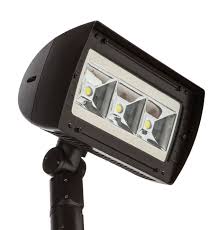 Don’t be left behind when it comes to bringing innovative LED lighting into your home. With the above advances, you have complete control over your lighting. So, the next time you think of LED floodlighting, consider the above options. They will bring you real success and class into your home.
Don’t be left behind when it comes to bringing innovative LED lighting into your home. With the above advances, you have complete control over your lighting. So, the next time you think of LED floodlighting, consider the above options. They will bring you real success and class into your home.
The Bottom-Line
The above are common advances and trends in LED floodlighting. From SKU reduction feature to fully hermetic—these are the advances that are shaping the LED floodlighting industry. Bring LED floodlighting into your home and create exciting outdoors.
